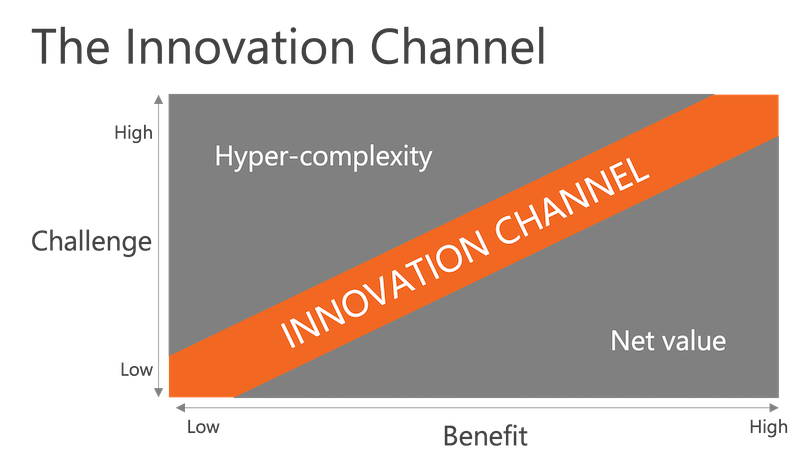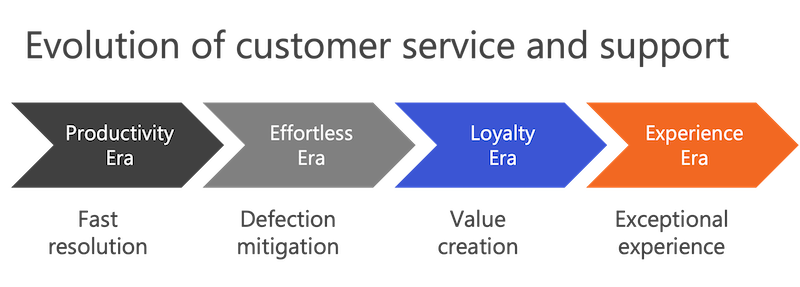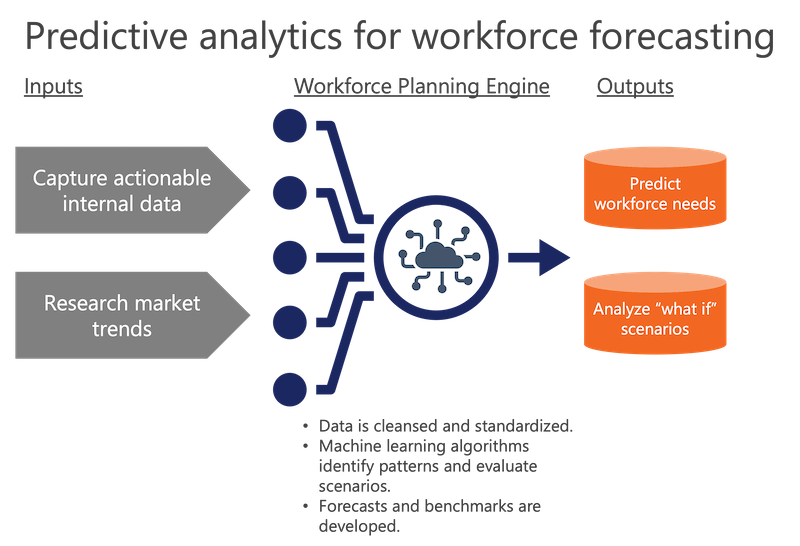Quick summary: In 2023, look for businesses to leverage intelligent technologies and find new ways to operationalize their data in creating enjoyable customer experiences.
In 2022, as the worst of the pandemic retreated further into the rearview mirror, businesses were able to take a breath and pivot from reactive to proactive mode. The past year saw organizations assessing the big picture of their customer experiences and taking steps to redefine their “new normal” in a post-pandemic world.
As we enter 2023, leaders will lean into their innovation efforts and leverage technology to create experiences that not only satisfy customer expectations, but that are actually enjoyable. In this article, I’ll review four trends that are driving these efforts, exploring how businesses are leveraging technology to make customer experiences more convenient, more streamlined, and (somewhat ironically) more human.
Customer experience trend #1: Finding the “innovation channel”
In 2023, the “juggernauts”—long-standing, big-picture technology trends in creating customer journeys—will continue to influence decision making. Think machine learning, automation, self-service, mobile first, and user experience, just to name a few. At the same time, businesses must continue to innovate if they are to stay one step ahead of customer expectations.
I came up with the idea of an “innovation channel” after learning about the “flow channel” presented by Hungarian American psychologist Mihaly Csikszentmihalyi in his iconic book Flow. In Csikszentmihalyi’s paradigm, flow—an individual’s optimal creative state where the best ideas happen—occurs in a defined channel between anxiety and boredom, the goal being to find the optimal balance of stress and engagement.
Businesses have their own channel where the “next best thing” is likely to arise, located in the space between hyper-complexity (where a product or service is valuable but too complicated for customers to use long-term) and low net value (where it’s easy to use but falls short on delivering real benefits).

When a product or service falls into the innovation channel—when it reflects the perfect balance of value and ease-of-use—customers are far more likely to use it and benefit from it, enhancing their overall experience.
Customer experience trend #2: Entering “the Experience Era”
Over the past few decades, customer care has evolved from focusing on low-effort issue resolution to building relationships and inspiring loyalty … which, of course, begs the question “what’s next?”
Gartner identifies the current era of customer service and support as “the Loyalty Era,” and organizations are now advancing even further, entering what I call “the Experience Era.” We are at a point where gaining customer loyalty has become table stakes; nearly every organization has some sort of loyalty program and is trying to track ROI in terms of customer retention. In the Experience Era, businesses are looking to distinguish themselves by removing barriers of effort (e.g. with frictionless processes) and risk (e.g. with money-back guarantees), creating an experience that’s so positive, customers don’t even think twice about returning again and again.

As for customer outcomes, the new goal is “enjoyment,” a concept that would have been unheard-of just a few years ago. Today’s customers, whose expectations have been conditioned by digital trailblazers such as Amazon, Uber, and Netflix, expect to arrive at enjoyment from the very first interaction. They want a frictionless self-service experience that spans seamlessly across all their favorite channels. They expect to be in total control of the customer care experience, making contact via their preferred methods, on their own time, and using as little effort as possible.
Customer experience trend #3: Finding new ways to operationalize data
Customer care organizations are treasure troves of customer information, with sources ranging from phone call transcripts to continuous data streams from smart devices. Businesses that have a firm grasp on this data are discovering innovative ways to operationalize it in a way that supports informed decision making and development of new products and services. HP’s Instant Ink printers, for example, can automatically order new cartridges when ink supplies begin to run low.
An important distinction in this trend is that of proactive versus reactive decisions based on data. Proactive data-based decision-making uses data to make predictions about the future, whereas the reactive approach uses real-time data to make experiences more personalized. Both approaches can deliver tremendous value to the business when applied strategically.
One area where operationalizing data is making an impact is in workforce forecasting. Organizations are using predictive analytics to better understand their internal capacity, identify gaps between supply of personnel and demand for services, and plan for addressing those gaps over the short and long terms. The inputs of internal data and market insights feed into a “workforce planning engine” to produce not only highly accurate predictions of workforce needs, but also the ability to execute “what if” analyses that further improve workforce planning.

Where data operationalization can become challenging is areas in which IT and business stakeholders may have divergent objectives. The IT team is in charge of collecting data, while business decision makers need to have that data transformed into actionable insights.
While IT and business stakeholders share a common agenda, they have different focuses. The business may want to deliver a new product or feature that may be valuable to customers but too challenging to develop or simply not in line with the organization’s IT strategy. For their part, the IT organization may want to plan a system upgrade or a new feature that achieves their goals but may not deliver significant value to the business and/or to customers. Bridging the technology gap for valuable use cases falls in the “sweet spot” where the priorities of IT and business align.
Customer experience trend #4: Optimizing the digital/in-person balance
When the pandemic shut down brick-and-mortar locations, businesses were forced to rapidly shift services from in-person to digital. As restrictions began to lift, they realized that a return to the pre-Covid status quo was not an option. Customers expect to have the option of digital services, regardless of whether “in real life” interactions are available.
However, some businesses swung to the other extreme of “digital only,” and not everyone wants an all-digital-all-the-time experience. Many customers still appreciate face-to-face human conversations, leaving customer care organizations with the dilemma of how to balance digital investments with those that enhance the in-person experience.
To see how businesses and their employees are seeking to achieve the ideal balance of digital and in-person, look at what’s happening in real estate markets. Over the last three years, businesses have pivoted from “everyone working in the office” to “everyone working from home,” and now they are entering a phase of consolidation. When the pandemic began, large cities such as New York and San Francisco saw a mass outflux of residents to the suburbs and “exurbs,” with real estate developers shifting their focus from commercial to residential. Today we’re starting to see more people come back into the cities, with the expectation of continuing to have work-from-home as an option but being close enough to have easy access to brick-and-mortar workspaces.
In 2023, I expect to see a version of the 80/20 rule emerging in customer engagement: 80 percent virtual and 20 percent interactive. Customers will continue to enjoy and appreciate the convenience of digital services, but for situations in which they prefer to interact with a human being, they want to have that option readily available—and businesses are adapting their operations accordingly.
New year, new possibilities
Over the last decade, we’ve seen customers evolve from passive consumers to proactive connoisseurs of service who are more than willing to change brands if it means a better customer experience. Armed with more data than they’ve ever had before and the means of using it to improve decision making, businesses in 2023 are ideally positioned not only to meet the needs of these sophisticated consumers, but to take experiences to the next level and spark enjoyment. The result is a win-win for both sides that elevates consumer-provider relationships to exciting new heights.
Like what you see?

Amit Unadkat is a Senior Manager of Digital Transformation with extensive experience in robotic process automation, virtual assistants, business process optimization, and technical product management. In 2021 he received Built In’s Tech Innovator Award for his work in automation and was recognized as a Rising Star by Consulting Magazine.

